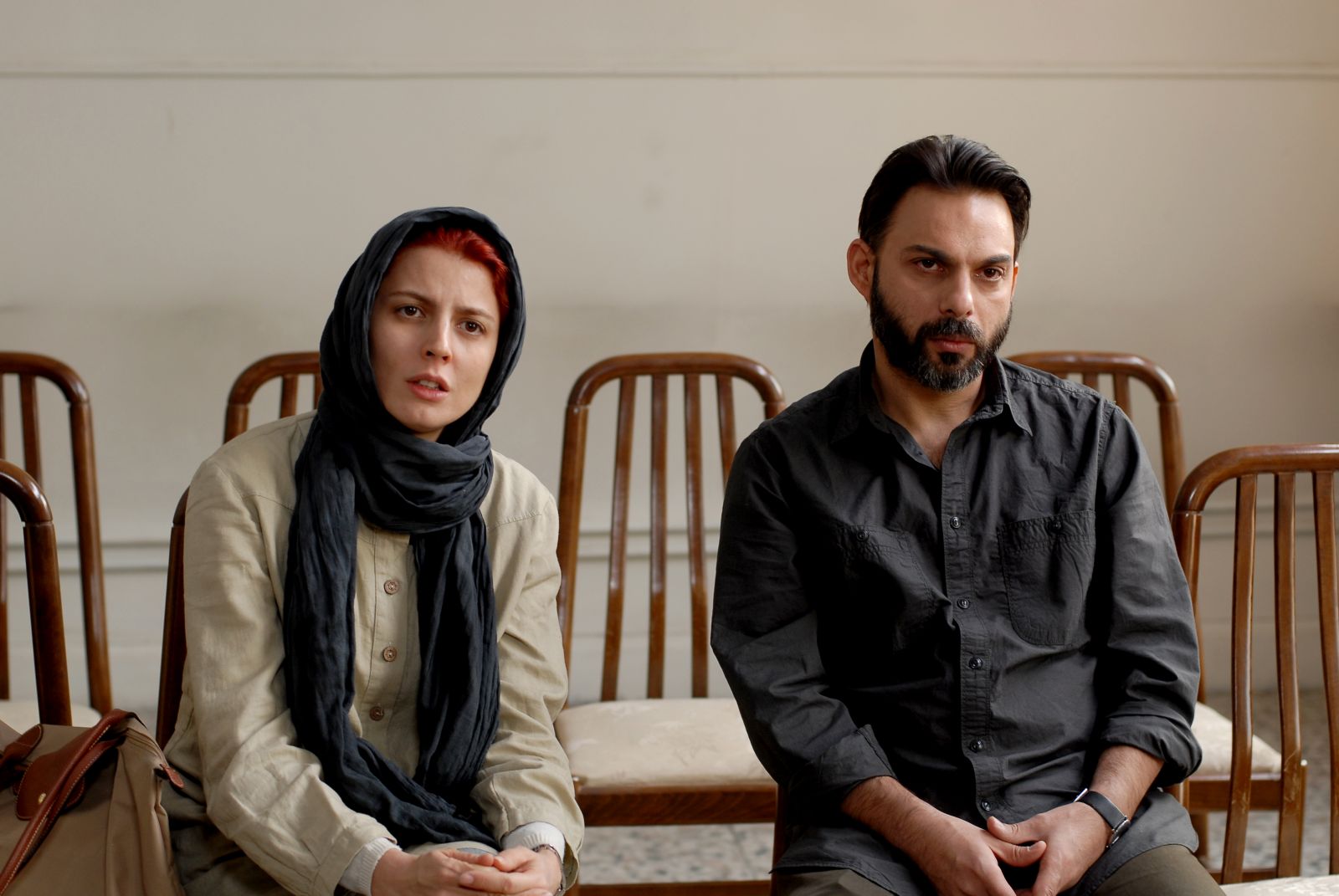A Separation: A Not So Foreign Film
This Iranian drama is the story of a middle class, urban couple that is in the process of separating. The wife, Simin, has had enough. It appears to be that her widowed father-in-law whose dementia and total dependence on Simin and his son, Nadér, pushes her out the door. This couple’s 14-year-old quiet, if not timid, daughter, Termeh, is loved by both and conflicted by both. Everyone is torn. Simin wants more for herself and their daughter. She had planned for her family to leave the country. Nadér finds that, regardless, he won’t go at the cost of abandoning his father. We watch Simin and Nadér arguing over this with Nadér the more mild mannered.
In many ways, this brilliant director and screenwriter, Asghar Farhadi, portrays a couple familiar to most of us. We watch this couple argue. My Western self was sure that if Simin kept it up, she would be physically overcome and locked in her room until she decided to obey. Nothing of this sort happens. (Nadér does hit a woman later in the film.) Simin stands her ground—selfishly, some might find—and files for divorce. By this time in the movie, the cultural trappings fall away. It’s no longer the headscarf that fills the screen but the woman’s frustration and also her fearless ego.
Male domination doesn’t figure into the drama with this couple either. Nadér is saddened and helpless over his choices. He comes across as a really nice guy. The child, Termeh, is on her way to becoming a victim of her parents’ divorce. Sound all too familiar?
The lawyer in me became fascinated by the court scenes. I think that most Westerners would. Simin and Nadér enter a building, a tribunal, where chairs are lined up in the hallway for the parties to wait their turns. The couple enters a cramped office furnished with the same chairs that line the hallway and a desk behind which sits a judge. There’s little that resembles a family law court room as we know it. The judge is there to listen to the couple. Nearby is a woman consultant, a court assistant to the proceeding. And so the couple begins to talk. And talk they do, without attorney representation, with no set rules of procedure, and no interruption by the judge. The session gets heated, the judge appears wearied. Finally the child is asked to choose between her parents. There’s more to the plot, naturally. Woven throughout each scene, however, is the balance of power and strength of the love between this couple that transcends place but keeps us standing in modern tumultuous family times.
For a good story, watch A Separation, winner of the 2012 Oscar for best foreign language film. To know more about Iranian Family Court, watch the compelling documentary film by Kim Longinotto, Divorce Iranian Style: Family Courtrooms in Iran. http://www.youtube.com/watch?v=qs9XSTt-DIE

